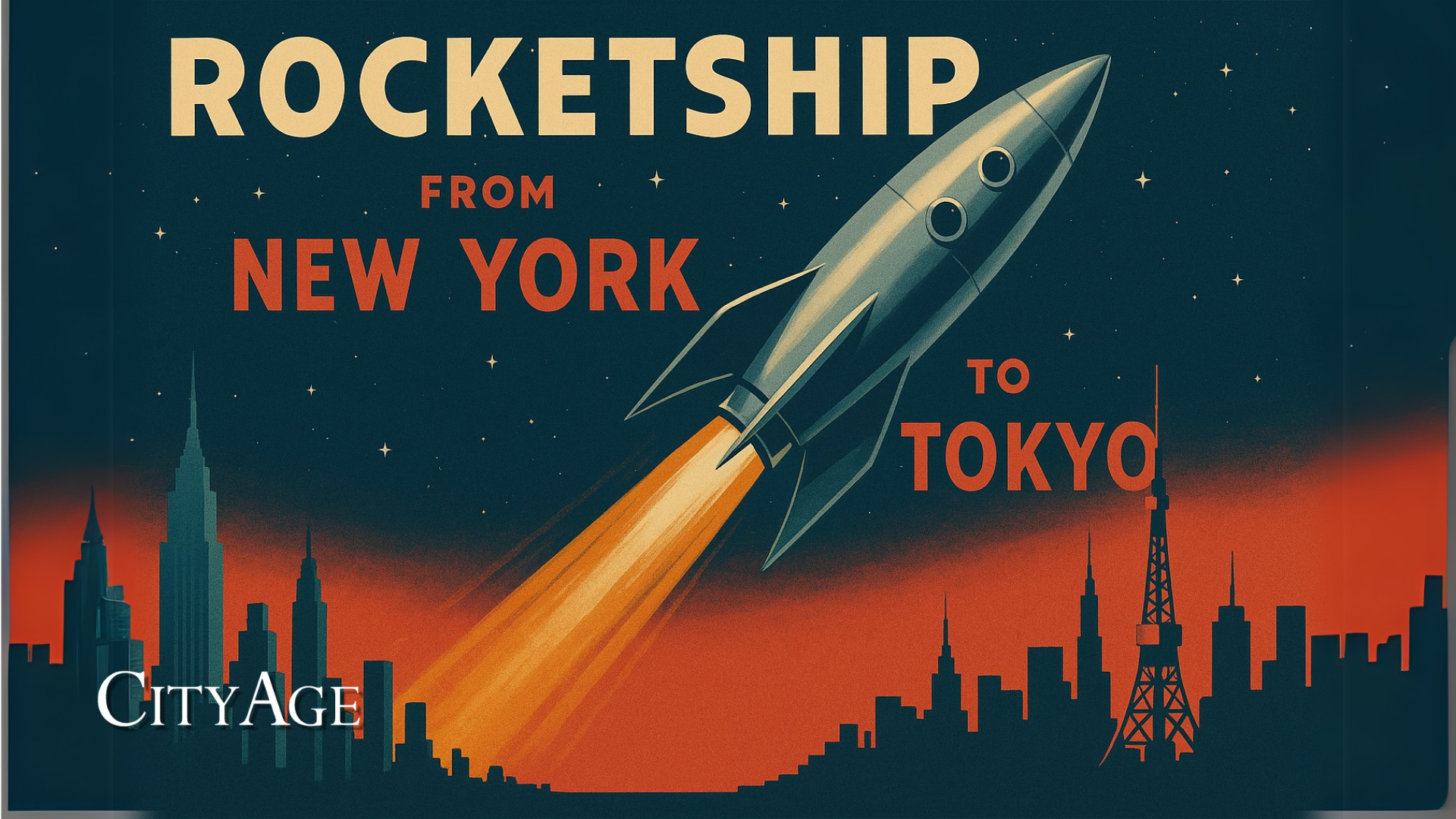CityAge’s CEO, Miro Cernetig, interviewed George Nield, the Chairman of the Global Spaceport Alliance, before his appearance at www.Space-Cities.com in Washington, DC on June 26, 2025. As of Thursday, March 31, 2022, at 10:16 am CT, Dr. Nield officially added “Astronaut” to his long list of accolades and distinguished titles, reaching space on Blue Origin’s New Shepard.
CityAge: George, how fast is the world building spaceports?
Dr. George Nield: It’s definitely starting to accelerate, although more slowly than many had predicted. That’s because we’re in the middle of a significant transformation. For decades, almost
everything in space was government-run — NASA, the Department of Defense, that sort of thing. But now, private industry is taking on a much larger role. That shift takes time.
CA: What triggered the shift?
Dr. George Nield: A big moment was the XPRIZE win in 2004 by Scaled Composites. That lit the spark for Virgin Galactic, SpaceX, Blue Origin. Since then, there’s been a global awakening. Countries realized: “Hey, this is the next internet. How do we get involved?” Not everyone can build their own Kennedy Space Center. But a different kind of spaceport? That’s possible.
CA: So the global space economy is big — but how big is it going to be?
Dr. George Nield: Right now, it’s about US $570 billion. But most forecasts — from both economists and financiers — say we’re heading for a trillion-dollar-plus space economy within five to ten years. From the Global Spaceport Alliance’s perspective, much of that growth can happen at spaceports.
CA: Why spaceports specifically?
Dr. George Nield: Because we’re redefining what a spaceport is and what it can do. It’s no longer just a rocket launch site. It can be a full-on innovation hub, with aerospace manufacturing, testing, research, education, workforce training — even point-to-point transportation through space. And that last one? The technology is almost here.
CA: So you’re saying flights to Japan or Australia could take an hour?
Dr. George Nield: Exactly. People think, “Maybe my grandkids will see it.” No — we’re talking this generation. Imagine being able to fly to Tokyo in 90 minutes. It’s a complete game changer for global connectivity.
CA: So let me ask you this: How far are we, realistically, from commercial — albeit very expensive — suborbital, transcontinental flight?
Dr. George Nield: The tech is very close. The real hurdle now is policy — government rules, agency regulations, congressional support. Safety is crucial, of course, but we need to shift our mindset to ask: How do we make this work? Instead of focusing on every reason it can’t.
CA: Such as?
Dr. George Nield: Sonic booms, for one. People worry about them. But new vehicles are being developed to fly five to ten times the speed of sound at 150,000 feet or more. You won’t even hear a sonic boom at ground level from systems traveling at that altitude. Yet we have rules that still say no supersonic flight over land — even when you can’t hear them on the ground. That kind of thinking needs to evolve.
CA: So if we had the right policy framework in place — one that favors innovation and commercialization — are we within 10 years of this future?
Dr. George Nield: I believe so — probably even sooner than that. We’ll start seeing demos and first movers in the next five to seven years. By the 10-year mark? Yes, I think we’ll see actual operations. It’ll begin with high prices, of course, but as more companies enter and spaceports multiply, prices will come down. And that’s when it’ll truly transform the way we live and connect.




